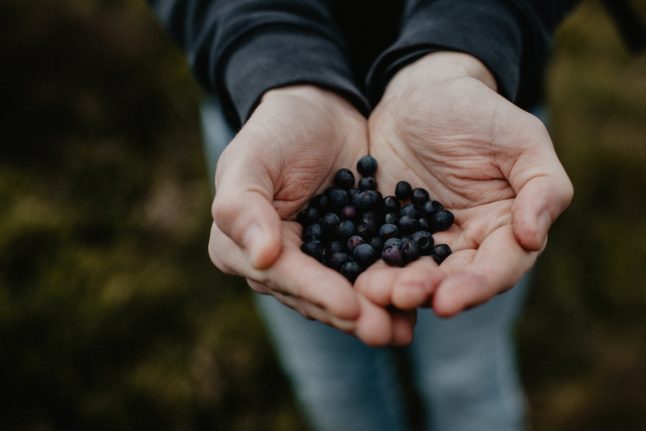There are, it’s true, few things nicer than tucking into a huge mushroom omelette with fungi, or a fruit pie made with fresh berries that you have foraged for yourself in nearby woodland.
But there are a few things you need to know before you get started.
Obviously, only eat something if you’re sure that you know what it is – many of France’s fruits, flowers and herbs are toxic to varying degrees. If you’re foraging for mushrooms once the season starts, be aware that pharmacists offer a mushroom-identification service so that you can check that your haul is safe to eat.
But even if you’re an experienced forager, there are certain rules to be aware of in France.
The key point is that every forest has an owner, and all the fruits of these forests belong to someone.
According to French law (Article 547 of the Code Civil to be precise) mushrooms, fruit and berries legally belong to the owner of the land on which they grow.
The actual wording of the law is: “The natural or industrial fruits of the earth, the civil fruits, the growth of animals, belong to the owner by right of accession”.
That means you need the permission of the landowner before you start picking. Entering private land without an invitation is trespassing, and could land you in court.
If you are caught picking fruit or mushrooms on private land, you can face fines of between €750 and €45,000 and up to three years in prison – rising to €75,000 and 5 years’ imprisonment in the event of aggravating circumstances, such as getting into a scrap with the irate landowner.
This includes windfall. Article 673 adds: “The fruit that have fallen naturally from these branches belong to [the owner].”
So, if you don’t know who owns the land, it’s best to keep to public spaces such as national parks and woodland that are open to the public.
In areas owned by the state, you can collect up a limited amount of wild produce – usually five litres (around 2 kilogrammes), and described as being “for family use”.
Exceeding that limit leaves the picker subject to a fine ranging from €750 to €45,000 and up to three years’ imprisonment.
Be aware, local authorities might have passed additional rules to protect local inhabitants’ rights – especially on land that is owned by the commune rather than the State. In commune-owned areas picking is reserved for those who live or have property in the commune.
Note, too, that it is illegal to sell-on any produce you have foraged.
After that, pick only fruit growing above waist height to avoid fox urine, wash all your produce before you cook it, and take your mushrooms to a pharmacist for identification.



 Please whitelist us to continue reading.
Please whitelist us to continue reading.
Member comments